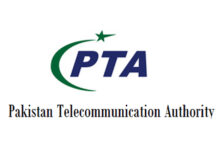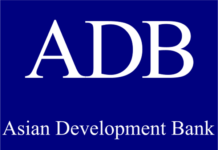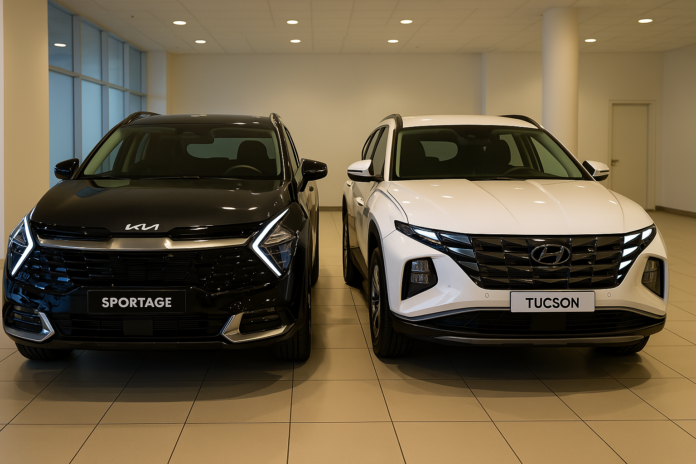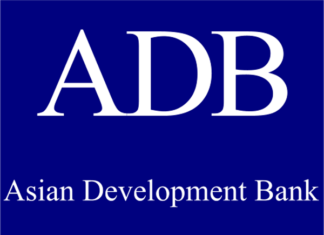With the Tucson’s jaw-dropping price, Kia dealerships are swamped with calls—Sportage buyers want refunds, while others are second-guessing their ride.
The announcement came from Hyundai, but the phones started ringing at Kia showrooms all over the country. In one fell swoop, Hyundai shook up the Pakistani automobile industry’s ever growing and ever competitive compact SUV market.
The Hyundai Tucson 2025 Hybrid series has been launched at a price that undercuts the price of the recently introduced Kia Sportage by a significant margin. While this has meant interest in Huyndai’s Tucson, the response from Kia’s customers has been immediate and loud. The base Tucson Hybrid Smart starts at Rs 1.09 crores—cheaper by more than 8 lakh rupees compared to the Sportage L FWD, which comes in at Rs 1.18 crores.
The price difference in the base variant of nearly a million rupees has caused a stir in the car market, with reports of Kia customers with cars in the pipeline calling and asking dealerships whether they will be getting a discount or not, and customers that have already bought their cars worrying about what this will mean for their resale value.
The price difference feels particularly stark for customers because the Sportage and the Tucson are both cars in the same segment and direct competitors.An apt comparison would be calling them the Corolla and Civic of the compact SUV segment. And while Kia and Hyundai’s assemblers in Pakistan are different, both Kia’s Sportage and Hyundai’s Tucson fall under the South Korean manufacturing group called the Hyundai Motor Group. On top of this, Hyundai is offering better drivetrain options, hybrid technology as standard, and even an AWD variant—all while Kia offers no AWD and two variants that aren’t even hybrid.
With customers who have already booked the Sportage demanding a price decrease, citing the aggressive pricing of the Tucson, Kia’s next move is unclear as of now.
The Backdrop: Kia’s Once-Dominant Position
There was a time when Kia ruled the compact SUV segment. In fact, one might even say Kia was the reason the segment opened up in Pakistan for the first time. What is ironic is that back when the Kia Sportage first hit the road, it was aggressive and competitive pricing that made it such a popular and in-demand car.
The Sportage disrupted the market and made Kia a household name by providing an SUV in the same price range as top of the line sedan. In 2019-20, you could pay an extra Rs 5 lakh over the price of a Honda Civic or a Toyota Corolla Grande and get an SUV instead. The company’s success was powered by sharp marketing, a premium image compared to Chinese entrants, and a first-mover advantage that left rivals scrambling. But with the latest version of the Sportage, could Kia have missed a trick when it comes to pricing?
Consumer Blowback
The 2025 Kia Sportage lineup includes a non-hybrid variant—the Sportage L FWD—priced at PKR 11,825,000, and the Sportage L HEV hybrid at PKR 12,850,000 (discussing the Sportage Alpha is relatively pointless as it does not compare with either of the Tucson variants). Neither variant offers all-wheel drive. In contrast, Hyundai’s Tucson offers two hybrid options, one of which—the Tucson Hybrid Signature—includes AWD and is still priced lower than the Sportage HEV. For consumers, the numbers don’t add up. Why does the Sportage cost more, offer fewer drivetrain options, and include a non-hybrid variant in a segment that’s clearly shifting toward electrified powertrains?
It’s déjà vu for many, recalling Kia’s earlier pricing missteps. The Stonic, launched as an entry-level crossover, was originally priced at over Rs 62 lakh—well above its weight class and tax bracket. That pricing strategy made little sense until Lucky Motors abruptly slashed its price by Rs 15 lakh to bring it to an astonishing 47.67 lakhs. The car suddenly became a hot seller, moving over 700 units in just three days. This price cut wasn’t just market strategy—it was damage control.
Then there’s the Sorento—perhaps the clearest example of how not to price a car. Introduced with a price tag that positioned it awkwardly between premium and mass-market segments, the Sorento struggled to find buyers. The car never really took off, and to this day remains one of the more glaring pricing flops in recent industry memory.
Read more: The Kia Sorento 101: How not to price a car
Rumors are swirling again that Kia may drop prices for the Sportage in response to Hyundai’s aggressive move, but so far, nothing has been confirmed. Profit reached out to Kia’s CEO, Muhammad Faisal, with a detailed questionnaire on the company’s pricing logic, sales strategy, and future plans. Despite multiple calls and follow-ups, he did not respond.
Kia’s most loyal customers—many of whom rushed to book the new Sportage at launch—now find themselves in a bind. If a price drop does occur, it would leave these early adopters holding a product that’s immediately devalued. The psychological blow is real: they bought in early, paid a premium, and may soon see that value undercut if Kia is forced to adjust pricing. That damage to brand trust isn’t easily repaired. These aren’t just car buyers—they’re brand evangelists who backed Kia when it led the market. Pricing instability like this sends the wrong message to both new and repeat customers.
What makes this moment difficult to navigate is that it gives Kia’s competitors the perfect opening. Hyundai’s Tucson has already made a bid for the market leader position with its aggressive pricing, and brands like Haval, MG, and Proton are targeting the same upper-middle-class buyers with value-packed offerings and fresher designs.
Another factor that may have cost both Kia and Hyundai market share is their slow product evolution. The Sportage went six years without a shape change, and the Tucson five. In an increasingly competitive space, that kind of stagnation creates space for newer entrants to look more exciting by default. Even though both companies are now updating their models, some consumers may have already moved on.
While Kia and Hyundai still hold a perceived reliability advantage over Chinese manufacturers—thanks to their longer presence, better parts networks, and stronger resale values—that edge won’t last forever. Hyundai has made its move, and if Kia doesn’t respond decisively, it could lose not just market share but the perception of leadership it worked so hard to build.
Margins Over Volume?
It is also possible Kia is attempting a different strategy this time around. Kia’s current approach seems to prioritize high margins per unit over broader market capture. In theory, this premium-first strategy may appeal to shareholders or suit limited production scenarios, but it’s increasingly disconnected from Pakistan’s real-world conditions. Consumers today are facing unprecedented economic pressure, and car buyers—even in the upper tier—are demanding value. Hyundai’s move suggests a volume-oriented strategy: sell more cars at tighter margins, grow market share, and build loyalty over time. Kia, on the other hand, appears to be aiming for profitability per unit at the risk of losing its foothold. Whether this strategy can work in an inflation-hit, price-sensitive market like Pakistan remains deeply questionable.
But Kia is in a tight spot. If it maintains its current prices, it risks losing customers to its own sibling brand. If it reduces prices, it risks alienating those who already purchased at launch. And with no clear indication yet of whether the international facelift will be brought to Pakistan, the uncertainty compounds. Kia’s path forward needs clarity—be it through a more competitive pricing model, product refresh timelines, or even new model introductions that bridge the value gap. The current approach may have worked in a different economic context, but the game has changed. Consumers are smarter, hungrier for value, and no longer buying purely on brand cachet.
























Koreans are known to manipulate and put too much price on their non existent technology adoption to start with. Samsung , LG, and any Korean brand Name it and you will find some basic financial wizardry. Chinese seems more fairer than Korean. USA market is filled with Korean brand Shenanigans.
BYD ATTO 3 is 89 lacs and is the same price as sportage and tucson in Australia. I will sell my old sportage and buy Atto 3. Best deal….20 lac cheaper
In short, KIA k Lassan
Lassan fry….
Totally rubbish and untrustworthy acts by KIA . We buyer stonic at the price of 64 and within 2 months its value decrease by 15 lacs….. isn’t it nonsense? Now never ever I will consider kia .
Kia is just Killing the mid segment marking.
This is now the third time Kia has misjudged its pricing strategy in Pakistan. First was the Sorrento, which came in too expensive and never really caught on. Then they dropped the price of the Stonic by a massive 1.5 million rupees in 2024, leaving early buyers feeling burned. And now Hyundai has shaken things up by offering a better looking and better equipped Tucson Hybrid at a much lower price than the new Sportage, causing serious buyers’ remorse among new Sportage customers particularly those still waiting for deliveries.
What makes it worse is that some Kia dealers were reportedly charging customers between five to ten lakh rupees in extra payment as “on money” at the time of booking to get early deliveries in March to April. Imagine paying that kind of premium only to see another brand offer more features for less money just a few weeks later. That has to sting.
In Pakistan, cars are often seen as investments that hold or even increase in value over time. But Kia’s repeated pricing mistakes have probably hit customer confidence hard. With the article reporting that people are calling showrooms asking for refunds and others wondering what this means for resale, it’s not looking good for the company.
Kia started strong in Pakistan by offering great value. But with this kind of repeated pricing mess ups, it is hard to see buyers lining up at Kia launches again in future.